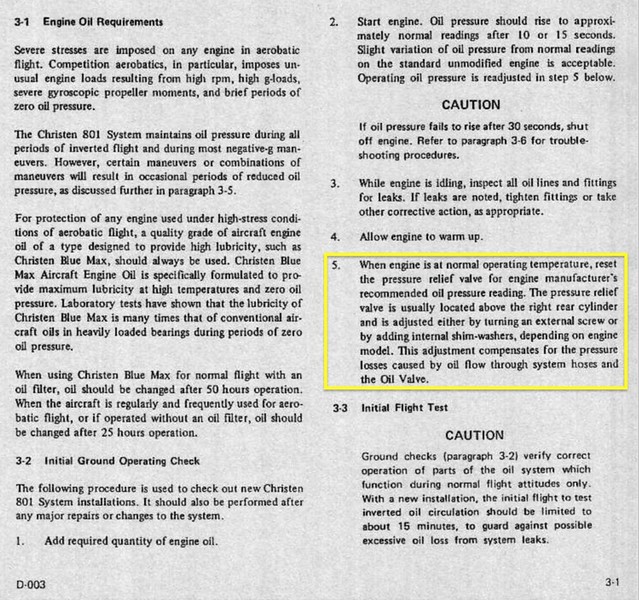alpinelakespilot2000
Well Known Member
Just installed the K&P S15 and I’ve noticed a significant increase of about 5psi at full power climb and maybe 3-5psi in cruise. Curious if others have seen higher oil pressures when switching to the S15.
If you have, please comment on how much the S15 has increased your oil pressure. If this in fact happens to be a thing, I’m curious if anyone has an explanation.
If you have, please comment on how much the S15 has increased your oil pressure. If this in fact happens to be a thing, I’m curious if anyone has an explanation.
Last edited:





